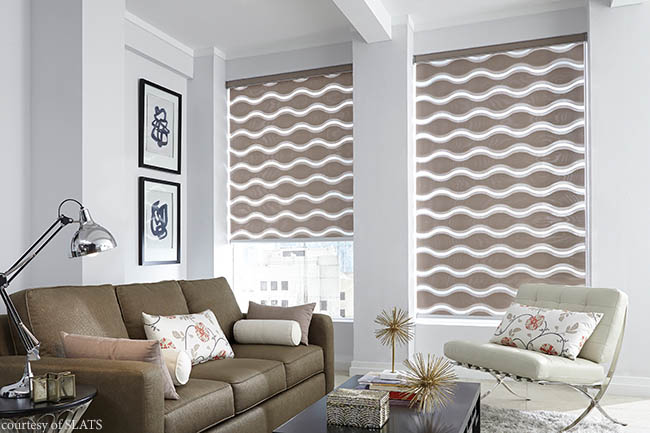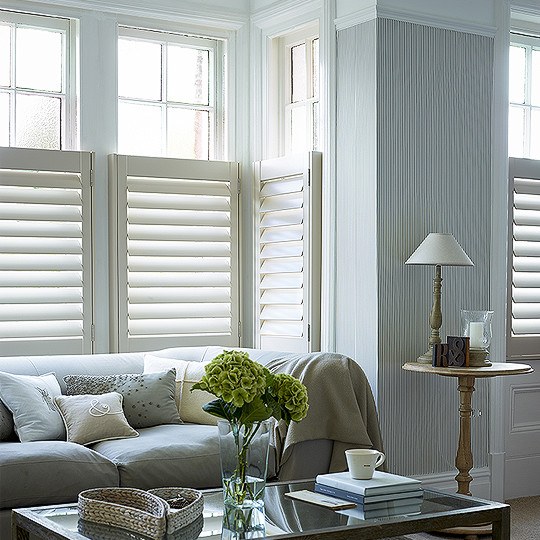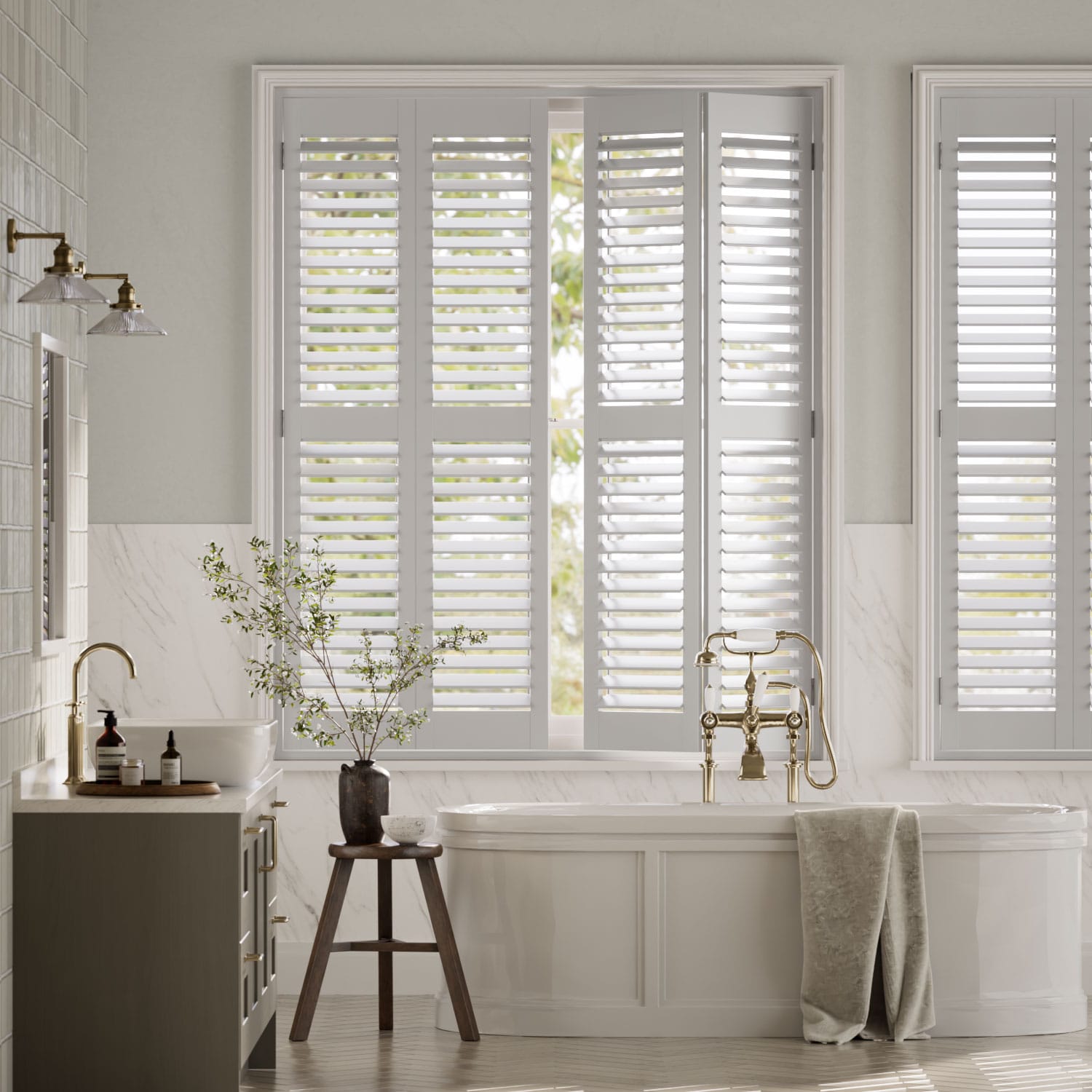Window Shades Phoenix: Modern-day Shades for Stylish Light Control
Window Shades Phoenix: Modern-day Shades for Stylish Light Control
Blog Article
What to Take into consideration When Choosing Between Blinds and Shutters for Your Windows: A Detailed Analysis of Each Option's Benefits
Choosing the right home window therapy is a choice that goes beyond simple aesthetic appeals; it includes functionality, upkeep, and lasting financial investment. Blinds offer a flexible and cost-efficient remedy, while shutters provide unrivaled durability and design.
Key Distinctions Between Shutters and blinds
Frequently, home owners discover themselves mulling over between shutters and blinds when choosing home window treatments. Recognizing the essential distinctions in between these 2 choices can dramatically affect their decision-making procedure.
Blinds are typically made from materials such as wood, fake timber, light weight aluminum, or vinyl. They consist of upright or horizontal slats that can be gotten used to control light and privacy. The convenience of blinds permits for a large range of styles, dimensions, and shades, making them appropriate for various room appearances. Blinds are typically more cost-efficient, appealing to budget-conscious house owners.
In comparison, shutters are strong window coverings that can be custom-fitted to the home window structure. Shutters provide much better insulation and can boost the total energy effectiveness of a home.

Benefits of Blinds
Blinds use a functional and sensible solution for property owners seeking effective window treatments. One of the primary benefits of blinds is their adaptability to various styles and choices. Readily available in numerous products such as timber, fake timber, light weight aluminum, and material, they can match any type of interior design scheme. Additionally, their large range of structures and colors enables customization to match existing decor.
One more substantial benefit of blinds is their simplicity of operation. Several modern-day blinds included user-friendly devices, consisting of mechanized systems and cordless options, making them accessible for every ages. This benefit is enhanced by their capability to offer specific light control, enabling property owners to conveniently change the degree of sunlight entering a space.
Blinds also use outstanding personal privacy choices, as they can be totally opened, partly tilted, or entirely closed, relying on the desired degree of privacy. In addition, they are generally extra economical than shutters, providing an affordable remedy without compromising design or functionality. Lastly, maintenance is simple, as the majority of blinds can be cleaned with a basic wipe-down, ensuring that they remain an appealing attribute in any home for years to find.
Advantages of Shutters
Shutters provide a distinctive collection of benefits that make them an appealing choice for property owners seeking long lasting and fashionable window treatments. One of the primary benefits of shutters is their outstanding longevity - motorized blinds phoenix. Created from durable materials such as wood, vinyl, or composite, they are developed to stand up to the test of time and resist damage from UV rays, moisture, and temperature level variations

Shutters additionally use enhanced privacy and light control. Home owners can conveniently readjust the slats to accomplish the preferred level of illumination while keeping privacy from the outside. Unlike blinds, which may droop or flex over time, shutters preserve their shape and functionality.
In addition, shutters can boost the value of a property (window shades phoenix). Their traditional visual and toughness interest possible buyers, making them a rewarding investment. In recap, the resilience, power efficiency, personal privacy control, and potential for boosted home worth make shutters a compelling alternative for window treatments
Visual Considerations
When choosing home window treatments, aesthetic factors to consider play an essential function in boosting the overall style and atmosphere of an area. Both shutters and blinds offer unique visual features that can enhance numerous indoor designs, from contemporary to standard.
Blinds generally supply a streamlined, minimalist look, quickly readily available in a variety of materials and colors. This adaptability permits homeowners to coordinate blinds with existing design, producing a unified look. Their upright or straight slats can include a modern side, making them ideal for city setups.
In contrast, shutters exhibit a traditional beauty that improves standard and rustic insides. Their solid structure and adjustable surfaces, such as wood you can find out more stains or painted my explanation options, evoke a sense of eternity. Shutters can work as a declaration item, drawing interest to the window while offering an upscale visual.
Inevitably, the option between blinds and shutters should reflect not just individual style but also the wanted ambience of the space. By very carefully thinking about how each option straightens with the general style vision, homeowners can successfully boost their area's aesthetic allure, making sure a harmonious and inviting setting.
Expense and Maintenance Variables
Expense and maintenance are critical facets to think about when choosing in between blinds and shutters for home window therapies. Blinds are generally extra affordable, with a wide variety of options readily available at various rate points. Standard fabric or plastic blinds can be quite inexpensive, while costs materials like wood can boost the expense. Installment is usually uncomplicated, typically enabling DIY strategies, which may additionally reduce costs.
In contrast, shutters have a tendency to bring a greater initial cost because of their personalized manufacturing and robust building. This financial investment might generate long-term savings, as shutters are frequently a lot more long lasting and call for much less constant substitute. They additionally supply premium insulation, possibly lowering power costs with time.
Blinds usually call for regular cleaning and periodic washing, while shutters can be cleaned down with a wet fabric for cleaning, making them easier to keep. Eventually, the choice in between blinds and shutters ought to stabilize both preliminary investment and recurring maintenance needs to make certain an adequate return on investment.
Verdict

Blinds offer a adaptable and economical solution, while shutters provide exceptional longevity and design.Price and upkeep are essential facets to take into consideration when picking in between blinds and shutters for home window therapies. Blinds generally call for normal cleaning and periodic washing, while shutters can be wiped down with a damp cloth for cleaning, making them easier to keep. Inevitably, the selection in between shutters and blinds ought to balance both initial financial investment and recurring upkeep needs to guarantee a satisfying return on investment.
In summary, the choice in between blinds and shutters hinges on various variables, consisting of material composition, layout adaptability, and expense.
Report this page